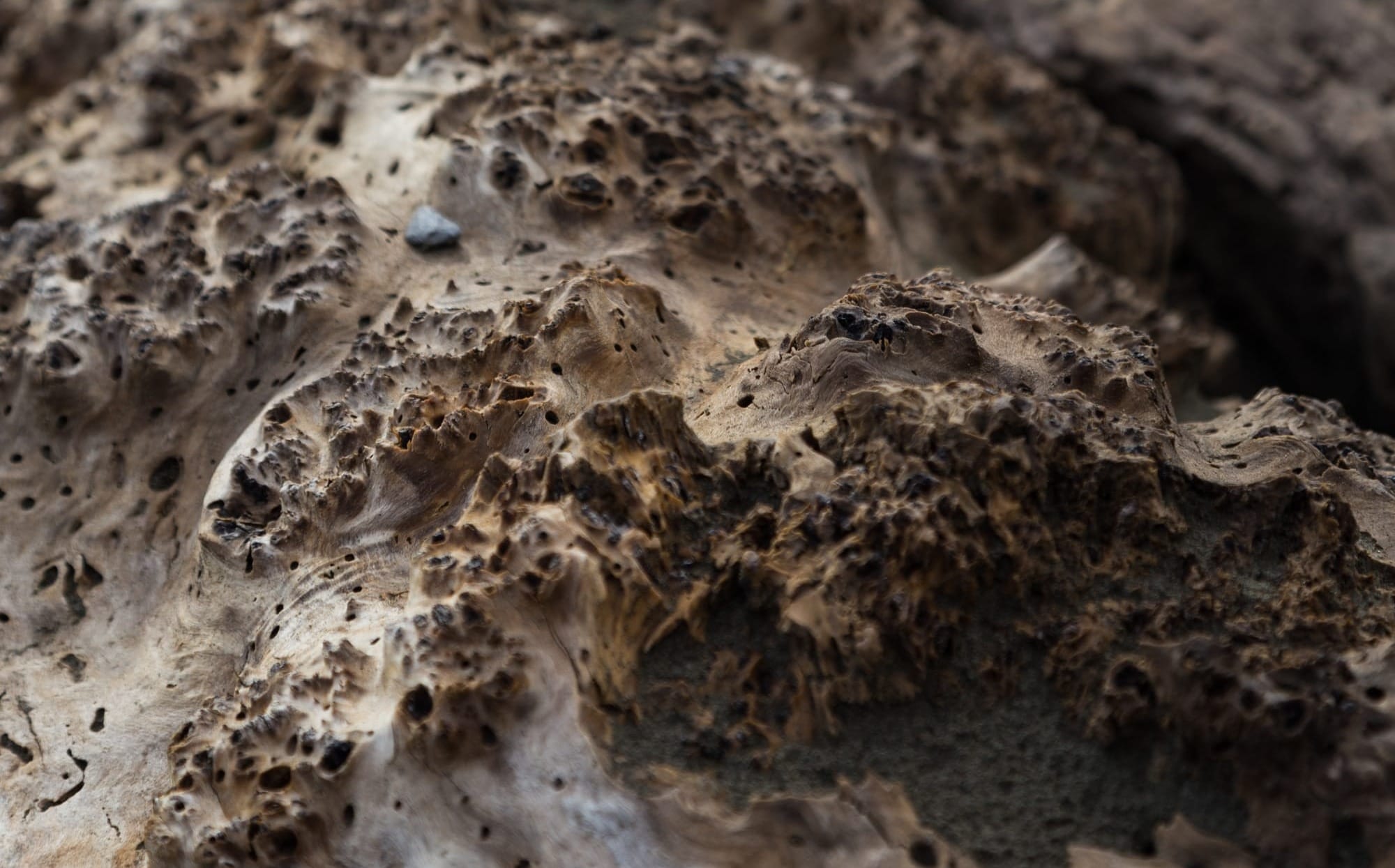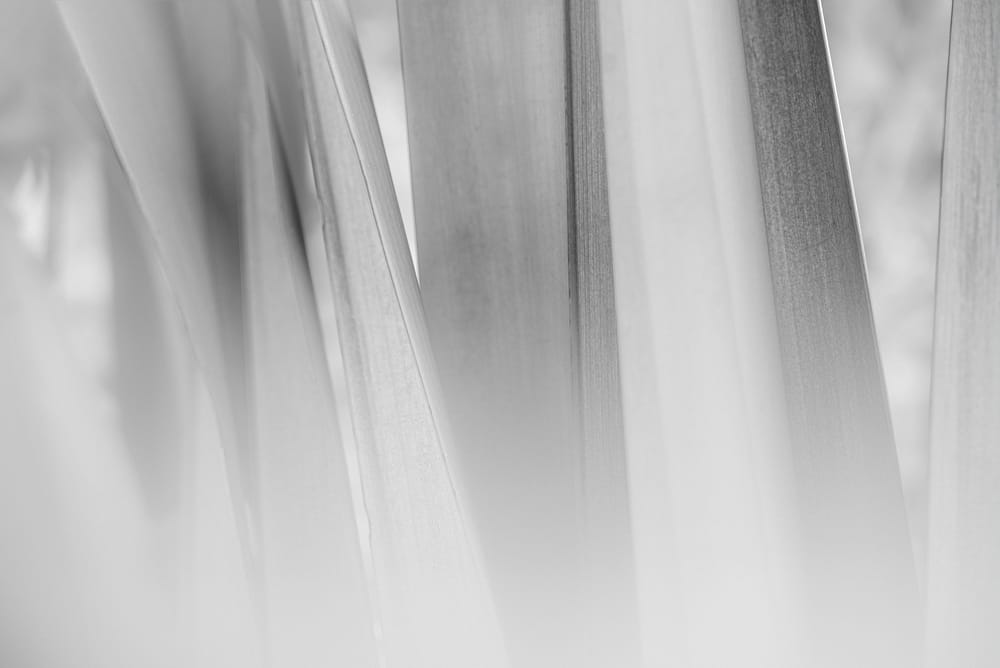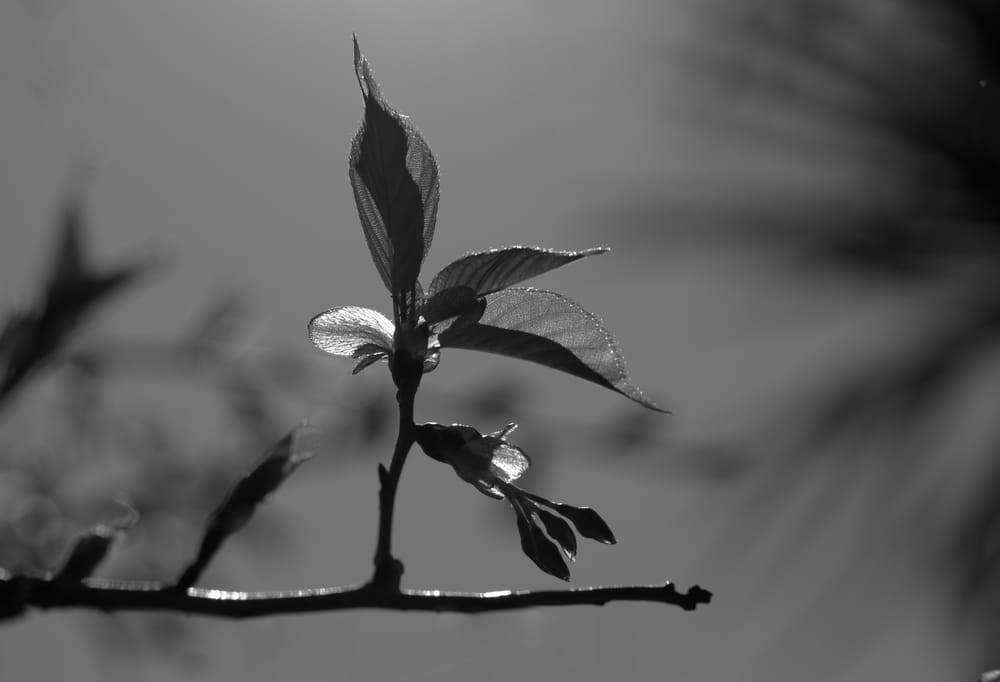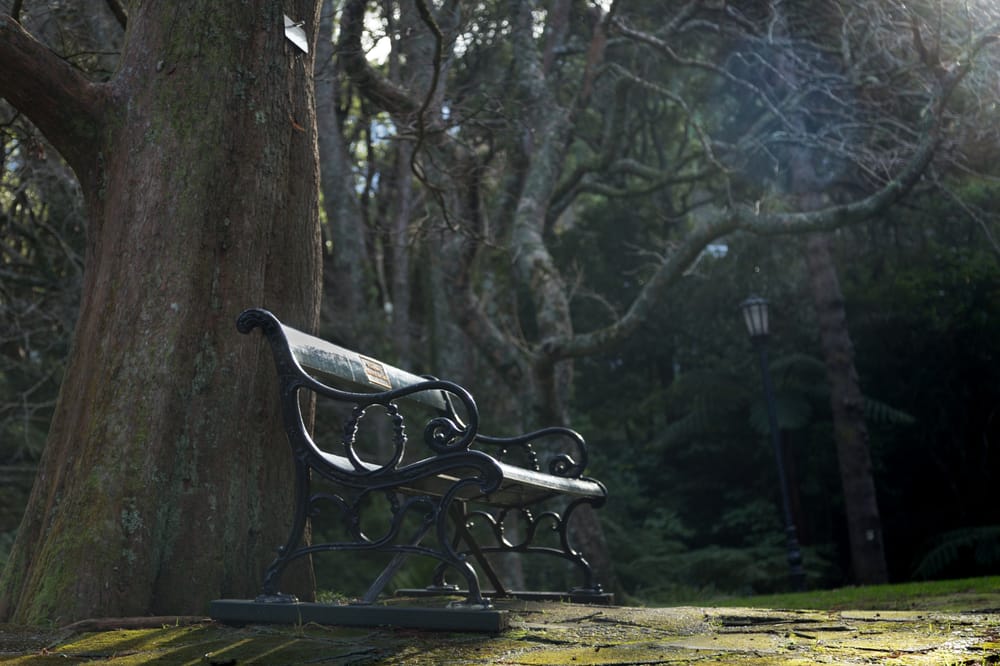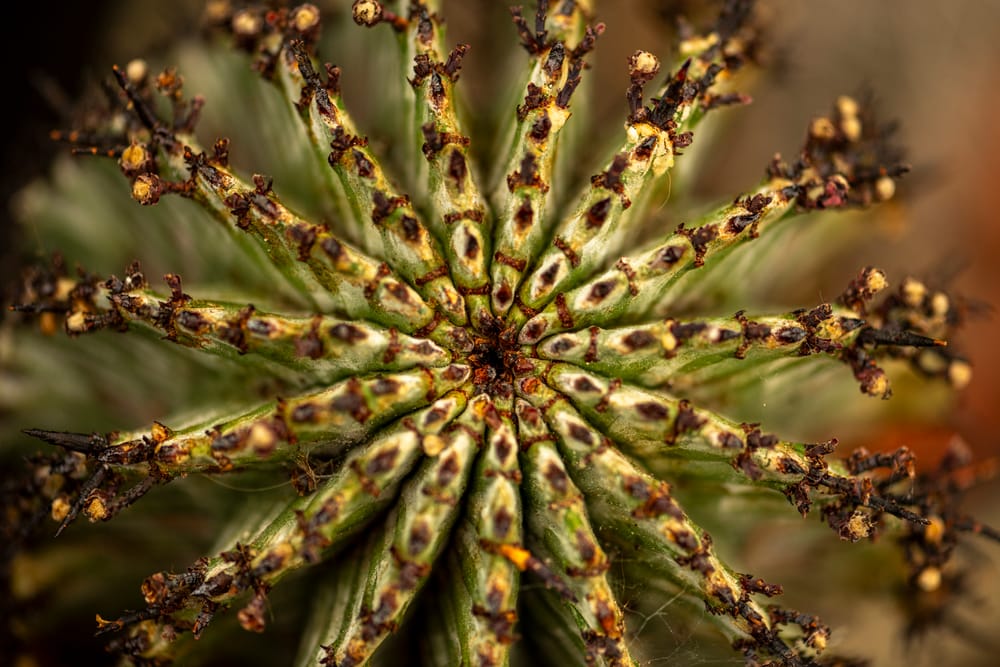In our previous article, we explored the common perception of art and science as separate entities often at odds with each other. However, the bridge between these disciplines lies in the realm of experience, extensively studied by neuroaesthetics - the way we engage with and interpret art, whether it be through photography, dance, music, architecture, or any other form of artistic expression. One of the most significant contributions to this field was made by Eric C. Kandel in his book "The Age of Insight," where he delved deeply into the intricate relationship between emotions and art.
In this article, we are exploring the world of textured photographs and how they evoke emotional responses and connect with viewers on a deeper level. Drawing upon Kandel's insights, we'll examine the interplay of sight and touch, and the profound impact of textures on our perception of art. We will also share examples of captivating photographs and some ideas for what you can photograph if you want to experiment with textures. So, let's embark on a journey into the captivating realm of textured photography and discover the hidden stories behind these evocative photographs.
Unlike traditional compositions, photographs of textures offer a sensory experience beyond mere visual appreciation, appealing to our tactile sensibilities and evoking emotional responses. Kandel's research offers valuable insights into why textured photographs resonate so profoundly with viewers. Through lighting techniques and composition, photographers can manipulate textures to elicit specific emotional responses from their audience. Whether it's the play of light on rough surfaces or the ethereal quality captured in misty scenes, these deliberate choices will enhance the emotional impact of the image.

